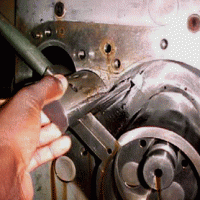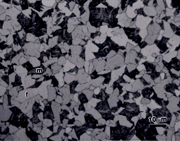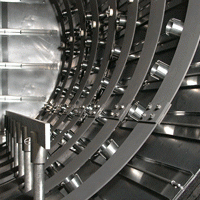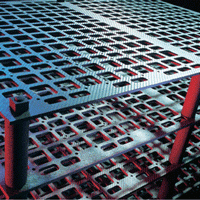By now, most maintenance departments should have a plan in place for schedules repairs and maintenance during the summer months, especially if the plant has a shutdown for vacation. The part of the vacuum furnace system that I know best is the vacuum system, so I will concentrate on this.
The summer maintenance schedule should cover all the vacuum pumps on a vacuum furnace. For some it will just be mechanical pumps, the rotary piston pumps and the Roots booster (or blower); for others it will include the oil diffusion pump or pumps and the small rotary vane holding pump, if used.




